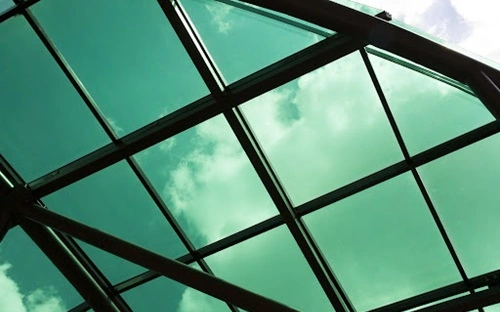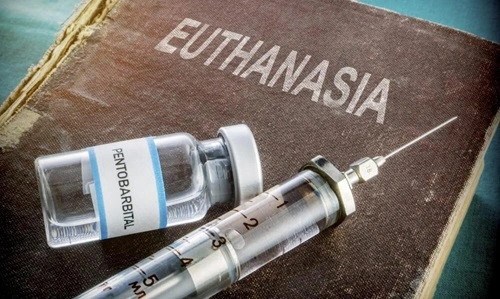The use of tinted glass on vehicles has been a topic of much debate in India, balancing the desire for privacy and protection against heat with the need for road safety and law enforcement. If you’re wondering whether tinted glass is allowed in India, the answer lies in understanding the regulations laid down by the Supreme Court of India and the Motor Vehicles Act.
The Legal Framework for Tinted Glass

The use of tinted glass on vehicles in India is regulated under Rule 100 of the Central Motor Vehicles Rules, 1989, which specifies the permissible levels of Visible Light Transmission (VLT):
- Windshield and Rear Window:
- The VLT must not be less than 70%.
- Side Windows:
- The VLT must not be less than 50%.
The percentage of VLT refers to the amount of light that can pass through the glass. Higher VLT means the glass is more transparent, while lower VLT indicates more tint.
Supreme Court Ban on Tinted Film
In 2012, the Supreme Court of India issued a landmark judgment banning the use of aftermarket tinted films on car windows. The decision was made to address concerns over criminal activities, such as kidnapping and assault, that could be facilitated by vehicles with heavily tinted windows.
The key highlights of the judgment are:
- Aftermarket Tints Are Prohibited:
- The court explicitly banned the use of any film, regardless of the percentage of light transmission, applied to vehicle windows. This means that even if a tinted film meets the prescribed VLT limits, it is illegal.
- Factory-Fitted Tinted Glass Is Allowed:
- Glass that is manufactured and fitted by the car manufacturer, complying with the prescribed VLT standards, is permitted. These glasses are built to meet Indian safety and transparency regulations.
Why the Ban?
The Supreme Court’s decision to ban tinted films was motivated by several concerns:
- Law Enforcement:
- Tinted windows hinder law enforcement agencies from identifying passengers inside the vehicle, especially during criminal investigations or routine security checks.
- Safety:
- Heavily tinted windows reduce visibility, particularly at night, increasing the risk of accidents.
- Prevention of Crime:
- Tinted windows have been linked to crimes such as abduction and harassment, where the perpetrators use darkened glass to avoid detection.
Exceptions to the Rule
- Medical Exemptions:
- Individuals with certain medical conditions, such as skin sensitivity or ailments requiring protection from direct sunlight, may seek exemptions. However, this requires prior approval from the Regional Transport Office (RTO).
- VIP and Security Vehicles:
- Vehicles used by government officials, dignitaries, or security forces may have special permissions for tinted glass for security reasons.
Penalties for Non-Compliance
Using illegally tinted glass or films can lead to fines, and in some cases, the vehicle may be impounded. Traffic authorities are empowered to issue penalties under the Motor Vehicles Act.
Practical Tips for Vehicle Owners
- Stick to Factory-Fitted Glass:
- Ensure your vehicle has glass that complies with VLT limits as provided by the manufacturer.
- Avoid Aftermarket Films:
- Refrain from installing tinted films, regardless of their transparency levels.
- Check Local Rules:
- While the Supreme Court’s ruling applies nationwide, enforcement may vary across states. Stay updated on local traffic regulations.
Conclusion
Tinted glass is allowed in India, but only within the limits prescribed by the Central Motor Vehicles Rules. Factory-fitted glass with permissible VLT is legal, but aftermarket tinted films are strictly prohibited, following the Supreme Court’s 2012 ruling. While tinted glass offers benefits like privacy and heat reduction, the restrictions prioritize safety and law enforcement. Vehicle owners must adhere to these regulations to avoid penalties and contribute to safer roads for everyone.

